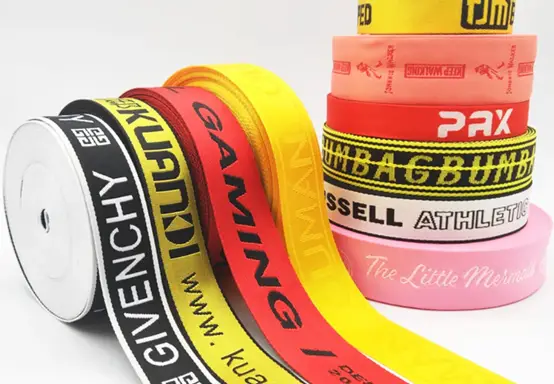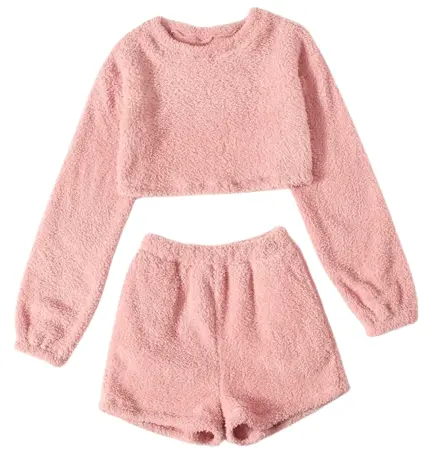People in the textile and apparel industry tend to concentrate on modern fabrics alongside garments without considering the essential small components which supply vital structural functionality. Webbing is a prime example. This thin woven fabric functions as an unobtrusive base for securing military equipment under harsh conditions while it adds fashion elements to luxury handbags and functions as a safety feature in industrial equipment and pet gear. This article delves into the different realms of webbing starting with its fabric science and advanced implementations to give readers a better understanding of this vital textile element.
The Core Materials: A Foundation of Strength
Webbing exists as multiple distinct products which cannot be substituted with a single product. The selection of fiber material determines the overall performance profile of webbing products. The selection of appropriate webbing requires a solid understanding of its base materials.
• Polyester Webbing: The versatility of polyester webbing makes it a popular choice because it demonstrates high strength while providing low elongation and superior resistance against UV radiation and abrasion. The product finds its perfect match in outdoor gear applications and cargo tie-downs and automotive seatbelts which demand absolute reliability.
• Nylon Webbing: Due to its high tensile strength and pleasant texture nylon webbing shows excellence in applications that need active load-bearing functions. High-performance backpacks together with climbing harnesses and premium pet leashes use this material.
• Polypropylene Webbing: This material shows lightweight characteristics while maintaining water resistance and showing resistance to most chemical substances and acids. The floating properties of this material lead to its widespread use in maritime operations together with outdoor furniture and particular medical equipment.
Functionality First: Engineering for Performance and Safety
The main function of webbing exists to serve a purpose. Multiple industrial applications depend on webbing as an essential safety element because its failure would result in catastrophic consequences. The military requires webbing to meet extremely demanding standards. The product needs additional treatments beyond basic strength such as IRR (Infrared Reflective) finishing to evade night vision detection and often requires flame-retardant and water-repellent coatings. Webbing used in safety harnesses and lifting slings for industrial applications must meet strict safety certifications through rigorous testing because it protects personnel in dangerous environments such as construction sites and logistics operations.
The Aesthetic Value: Weaving in Brand Identity and Style
Webbing functions as a design tool that allows manufacturers to build both functionality and brand identity while expressing creativity in their designs. The time of basic utilitarian straps has ended because webbing functions as an independent design component in contemporary designs. Leading manufacturers now offer sophisticated customization services. The jacquard weaving technique enables manufacturers to incorporate detailed patterns and brand logos into fabric production for a durable premium finish. Businesses interested in this implementation should reach out to webbing specialists to address their design requirements. Webbing functions as a differentiating factor for competitive market products through its customizable color options and branding elements and texture modifications.

Innovation in Webbing: The Future is Woven
Webbing maintains expanding usage because technological advancements keep developing new possibilities.
• Smart Textiles: Webbing can be transformed into wearable technology components through the integration of conductive yarns to house sensors or create flexible circuits.
• Sustainability: The demand for eco-friendly materials is growing. Webbing products made from recycled materials including rPET (recycled polyethylene terephthalate) enter the market to help brands fulfill their sustainability targets.
Conclusion:
Choosing the Right Webbing A product’s performance level together with its safety standards and visual appeal depends on selecting the right webbing material. A comprehensive evaluation of application needs together with material attributes and customization options will help you maximize this versatile component. The simple webbing strap proves how fundamental elements create major effects through its dual role of industrial safety protection and designer product enhancement.For further information about webbings, you can consult our professional articles.
If want to know more about webbings, you can see our professional articles.
Author Bio
This analysis is contributed by the technical experts Henry at TMG Webbing, a leading manufacturer specializing in engineered webbing and technical textile solutions for the military, safety, and industrial sectors. Connect with him on linkedin. For inquiries about material specifications or technical partnerships, contact TMG Webbing’s technical team.


